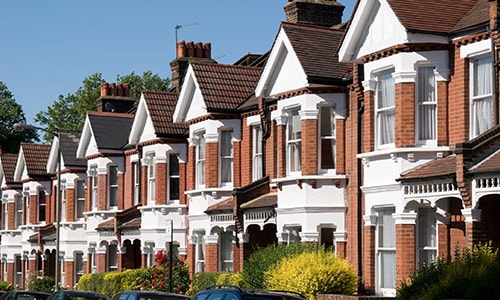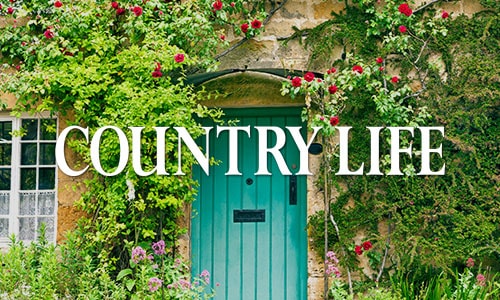TOP TIPS... buying and selling land

Some 20 years ago, I asked a well respected Essex farmer whether he would sell an adjoining “acre or two” with a property that I had been instructed to sell. All I heard was this gruff, but charming reply; “Zoe, how can you be a landowner, if you sell your land”; and that was the end of that conversation!
Thankfully, times have changed, as farmers and landowners have realised that premium prices can be achieved for smaller parcels of land, particularly if the area adjoins a prospective purchaser’s property and even better still, if by selling, the landowner can benefit by squaring off an awkward corner in their arable field, which modern farming machinery fails to negotiate easily.
I am also often asked by a buyer whether paying £30,000 for an “acre or two” is worth it, especially when the buyer is aware that ‘agricultural land’ is currently worth between approximately £5,500 and £7,000 per acre. A property without land can often be transformed into a property with equestrian and lifestyle potential. This can also radically increase its value and the true price of such land is often determined by the potential increased value of the purchaser’s property – 50% of the potential increased value has often been the price exchanged.
There are many farmers and landowners who are willing to sell pieces of their land but the buyer must also consider that invariably, the seller may have capital gains tax to pay, so their net gain can be considerably less than the agreed price.
Some landowners choose to sell for a set price per acre, regardless of whether the land adjoins a property or not, which tends to range between £15,000 to £25,000 per acre dependent upon the quantity of land acquired; others charge between £30,000 and £50,000 for the first acre and then £10,000 to £15,000 per acre thereafter. These figures are only a guide as ultimately supply and demand dictates the sale price with each individual sale.
Smaller parcels of acreage that are not attached to the property are also very popular to purchasers and it is quite typical for a four acre parcel to change hands for figures between £70,000 and £100,000, possibly more if services are connected and where there is established vehicular access and equestrian use.
It is important for the buyer to be familiar with planning issues and the buyer should always check with a rural planning consultant (at a relatively reasonable fee) as to the likely planning requirements regard to fencing, planting and landscaping, together with the possibility of needing to obtain permission for a change of use from ‘agricultural land’ to ‘grazing land for horses’. Whilst this change of use is generally and widely accepted by the local authorities, there are circumstances where such change of use may not be permitted.
Buyers might also consider other elements when negotiating, when; for example the landowner has the machinery and facilities to sow meadow hay (during the appropriate season), whether the land will have appropriate vehicular access from a public highway and if not, whether there can be vehicular rights of way included.
The benefits of buying extra land can bring enjoyment to the recipient allowing them to create a great lifestyle and a sound investment for the future – based on recent historic trends.

















